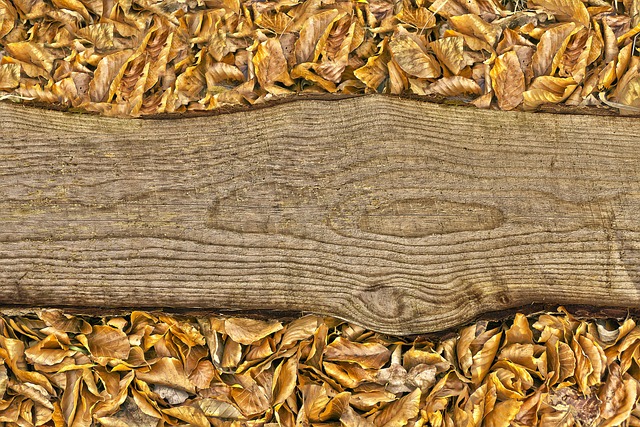
Publicado dia 30/03/2025
Viking Age 🎁 The Enigmatic Legacy of the Viking Age: An Exploration of a Culture Beyond Conquest

Viking Age, 30/03/2025
Olá! Neste artigo, vamos explorar Viking Age de uma forma simples e objetiva, além de falar sobre Viking Age com uma explicação clara. Acompanhe e aproveite o conteúdo!
Amidst the swirling mists of history, the Viking Age emerges as a compelling chapter filled with tales of exploration, trade, and cultural exchange. This vibrant period, marked by the Norse seafarers' ventures from the late 8th to the early 11th century, is often narrowly defined by their warrior ethos and raiding exploits. However, such characterizations overshadow a rich tapestry of societal structure, artistry, adaptability, and profound spirituality that the Viking culture embraced and bequeathed to the world.
Através dessas comparações, podemos entender melhor o impacto de Viking Age no quadro geral.
The notorious image of the Viking as a ruthless raider is only a fraction of a much larger narrative. Beneath the horned helmets (which were likely a myth of later interpretation), lies a civilization that was, at its core, deeply intertwined with the intricate layers of community life. Viking society was not solely organized around war; families lived in close-knit communities, fostering bonds that extended beyond blood relations. The halls of chieftains were not just arenas for the planning of raids but also centers for the sharing of lore, the crafting of law, and the sometimes tenuous negotiation of peace.
Trade routes established by Vikings reached far beyond their Scandinavian homelands, connecting them to distant civilizations. The Norsemen found themselves in contact with Byzantines, Arabs, and even the indigenous peoples of North America, exchanging goods, ideas, and technology. The Viking ships, marvels of maritime engineering, are often celebrated as the vessels that enabled these far-reaching expeditions. Crafted to withstand both open seas and shallow rivers, they symbolize an unparalleled spirit of exploration and ingenuity.
In the bustling markets of what would become modern-day England, Ireland, and beyond, Vikings traded commodities such as furs, fish, and timber for silver, spices, and textiles. The imprint of their economic practices can still be felt today, as the routes they traversed contributed to the establishment of thriving trade networks that laid the groundwork for future commerce across Europe. Moreover, the cultural exchanges that occurred during this period enriched not only the Vikings but also the societies they contacted, leading to hybrid forms of art, craftsmanship, and even religion.Viking Age
Art and craftsmanship during the Viking Age are often overshadowed by their militaristic reputation. The intricate designs found on jewelry, weapons, and everyday items showcase the Vikings' artistic sensibilities and skills in metalwork, woodworking, and textile production. Each artifact tells a story, revealing a society that cherished beauty and artistry while also displaying the functionalities of their craft. Evidence from burial sites shows that they adorned themselves with intricately designed brooches, gilt applications, and woven garments, all of which contributed to their identity and status.
However, the Viking Age was not merely characterized by its tangible achievements; it was deeply imbued with spiritual beliefs and cosmological perspectives. Norse mythology, rich in deities, creatures, and legendary narratives, provided the Vikings with a framework to understand life and death. The concepts of fate, honor, and valor shaped their worldview, influencing both their actions in life and their aspirations for an afterlife. The reverence towards ancestors and the spirits of nature created a community that celebrated life in its many forms, highlighting a harmony with the environment that is often overlooked in the context of their martial legacy.Viking Age

As time progressed, the Viking Age wove itself into the tapestry of European history, leaving a lasting impact on cultures and societies. The eventual assimilation of the Norse people into Christian communities did not erase their ancient customs, but rather transformed them, merging faiths into syncretic practices that melded the old with the new. The mythologies and traditions of the Vikings found reinterpretation and integration within the broader Christian context, showcasing the adaptability and resilience of their cultural heritage.
In contemporary discussions, the Viking Age continues to kindle interest and fascination. This era is celebrated not only for its intrigue and adventure but also for its exploration of identity, community, and the evolution of societies. How often do we, in the modern world, find ourselves grappling with our ancestry, our stories intertwined with those that came before us? In examining the Vikings, we dent our own understanding of what it means to forge connections across cultures, to create legacies that resonate through time.
The legacy of the Viking Age, thus, is not simply one of conquests and maritime exploits, but a reminder of shared humanity. It serves as a testament to the complexities of human experience, where resilience and adaptability coexist with stories of loss and transformation. As we delve deeper into this fascinating epoch, may we approach it with care, recognizing that the past is not merely a collection of events, but a mirror reflecting the myriad ways we are connected, inspired, and challenged by those who journeyed before us.Viking Age

A introdução sobre Viking Age e Viking Age chega ao fim, esperamos vê-lo novamente na próxima!